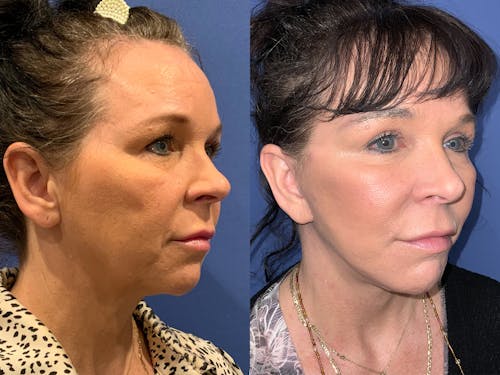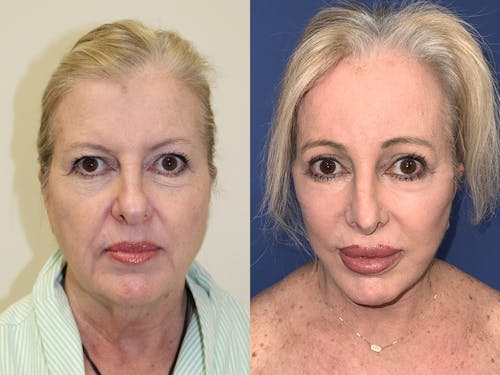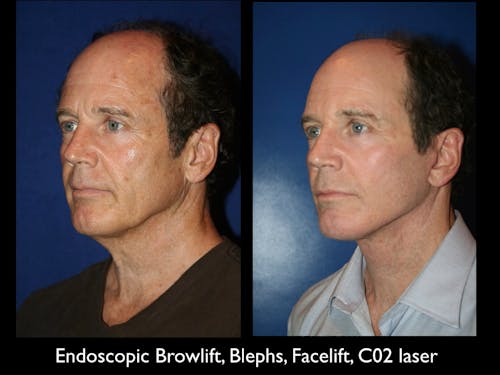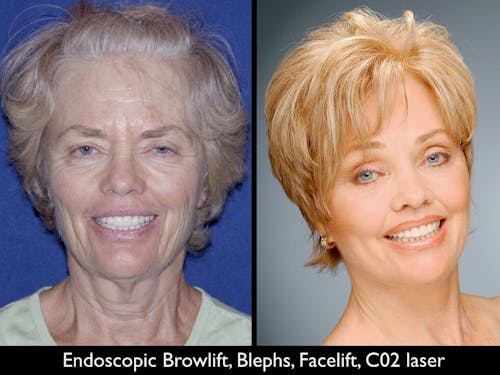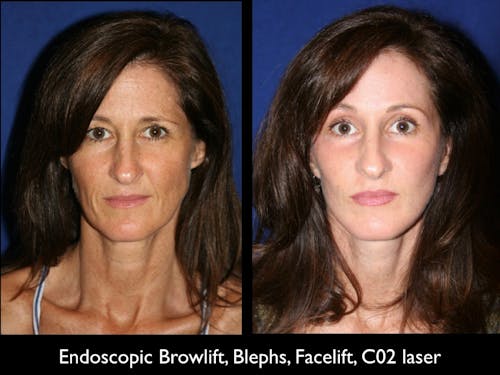As we age, the skin loses its elasticity, leading to sagging, wrinkles, and a loss of facial contours that can make us look older than we feel. A facelift addresses these concerns by tightening the underlying muscles, removing excess skin, and creating a smoother, more youthful contour.
Candidates for facelift surgery in Austin, TX, and Scottsdale, AZ
Ideal candidates for a facelift have some facial sagging and want to correct one or more issues in the middle and lower areas of the face. Additionally, patients should be in good overall health, have some degree of remaining skin elasticity, and have realistic surgical expectations.
Schedule a Consultation with Dr. Michelle Cabret or Dr. Kimberly Prock




